Sealing connecting joints
Basics of sealing
This illustrates the importance of the zone and emphasises once again that its sealing must be planned in advance in terms of building physics. The individual materials used for the various tasks must be coordinated with each other in terms of building physics. It is advantageous to install a vapour diffusion-tight layer or foil on the inside, which prevents moisture in vapour form from penetrating into the joint area and thus into the insulation material.
Window systems are installed in low-energy houses or even zero-energy houses in particular, which fulfil the highest requirements in terms of thermal and sound insulation and which must also meet the greatly increased criteria for burglary protection.
As the window elements bring ever greater savings in terms of sound and thermal insulation, the connection joint must also fulfil the required sound and thermal insulation requirements. In addition to the purely functional properties for sealing the building envelope, the products used to seal a building connection joint must increasingly fulfil special requirements in terms of sustainability, especially in new buildings.
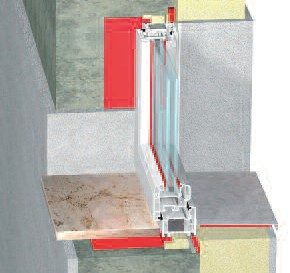
The connection joint must:
- Equalise movements
- Slow down the heat flow in the area of the joint
- Slow down or prevent vapour diffusion from the inside
- Prevent the ingress of moisture of any kind from the outside
Basically, the sealing of a building element is divided into 3 different levels (see image on the left). The outer sealing level must ensure impermeability to driving rain while at the same time being open to vapour diffusion.
The centre insulation level provides thermal and sound insulation in the structural connection joint. It must also compensate for movements of the building element, e.g. due to the opening and closing of a window or wind loads. The inner sealing level must ensure the airtightness and physical requirements (inside tighter than outside) of the building. It must also be ensured that a vapour barrier >40 m is installed in the interior at the same time as the joint seal. Of course, special construction-related solutions may require sealing modifications, but this is not the standard.
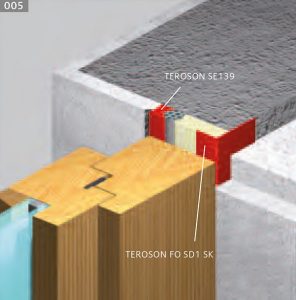
Tasks of the sealing
- Thermal insulation
- Sound insulation/noise protection
- Weather protection, sealing against wind, air, driving rain, hail, snow, moisture, etc.
- Burglary protection
- Ventilation element
- Barrier-free access to a building
- Fire protection
This might also interest you
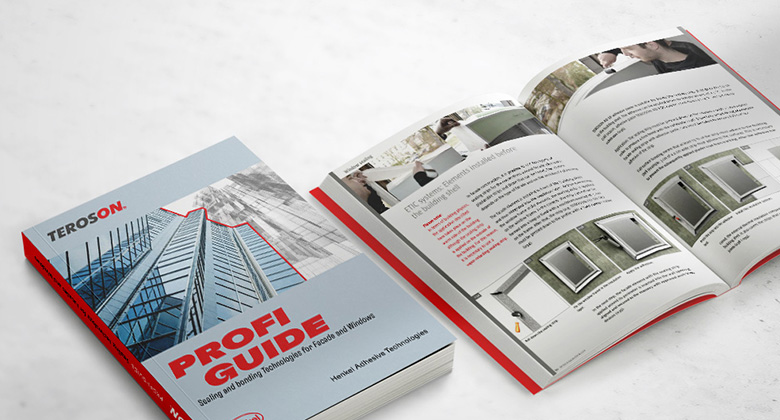
New TEROSON Profi Guide
The TEROSON Profi-Guide is the ultimate, easy-to-read reference work for waterproofing professionals.
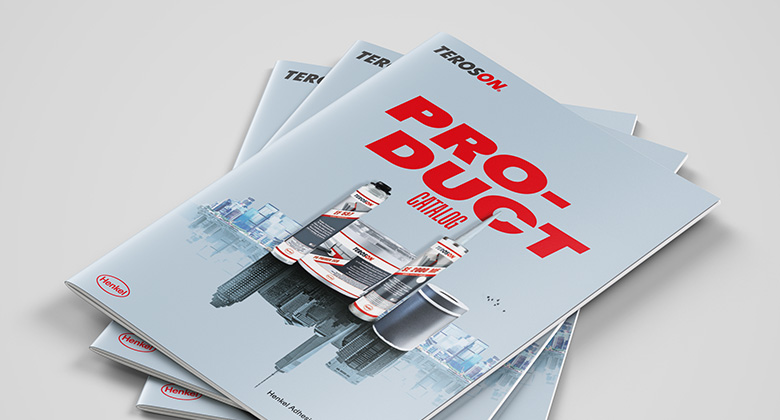
TEROSON product range
Download the TEROSON product programme and get detailed information about our products.
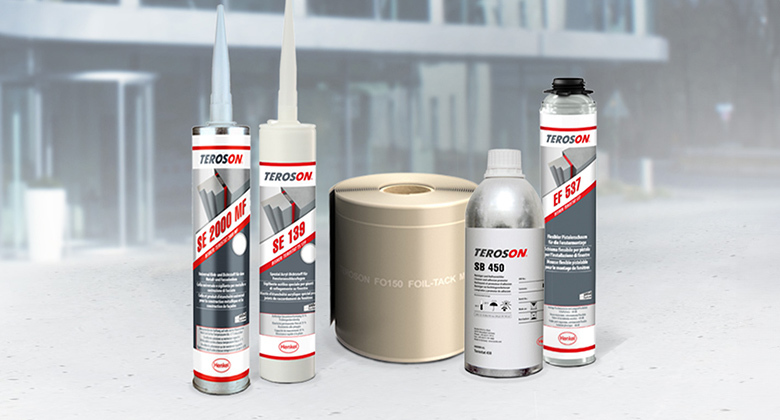
Products at a glance
From waterproofing to coating: Discover TEROSON's comprehensive range of products at a glance.
Do you need technical advice?
Our TEROSON team is at your disposal.
Get in touch with us!